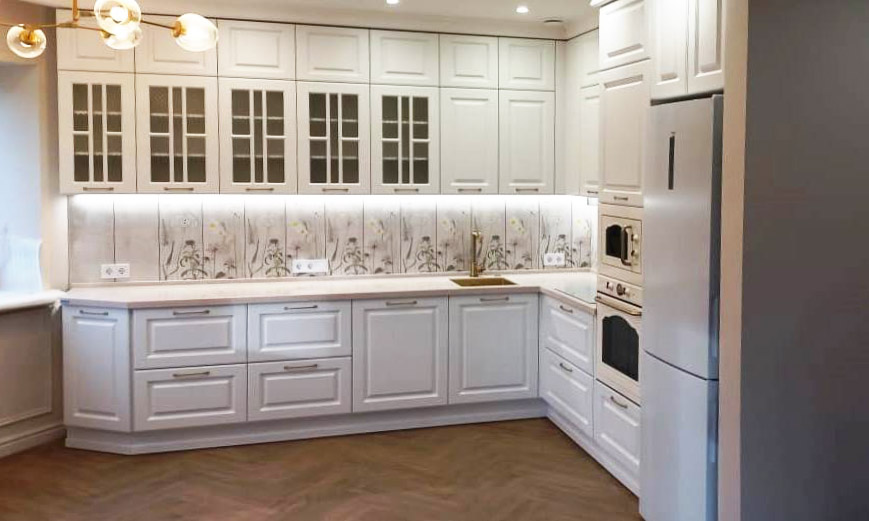
The Rise of Revolutionary Culinary Spaces
In the contemporary gastronomic scene, the kitchen has evolved from a secluded, functional area into a central showcase of design and innovation. The integration of technology, sustainability, and avant-garde aesthetics has given birth to revolutionary culinary spaces that not only redefine how we cook but also how we experience food.
Integrating Advanced Technology
One of the hallmarks of cutting-edge culinary spaces is the adoption of advanced technology. From smart ovens that can be controlled remotely to refrigerators that can help manage grocery lists and expiries, technology is transforming the convenience and efficiency of cooking. Innovations such as induction cooktops with precision control and sous-vide machines have allowed chefs and enthusiasts alike to cook with unprecedented accuracy and consistency.
Sustainable and Eco-friendly Kitchens
Sustainability is another cornerstone of modern kitchen design. Companies and designers are pioneering the use of eco-friendly materials in countertops, cabinetry, and utensils. Appliances are more energy-efficient than ever before, which not only helps the environment but also reduces household costs. Additionally, there is an increasing trend in designing spaces that promote composting, recycling, and waste reduction, aligning culinary habits with a greener lifestyle.
Maximizing Space with Minimalism
Minimalism has emerged as a leading trend in culinary space design, with a focus on decluttering and streamlining the kitchen area. This approach involves using concealed cabinets, integrated appliances, and multipurpose furniture to create a sense of spaciousness. Minimalistic kitchens tend to emphasize open floor plans that blend cooking areas with living spaces, making the act of meal preparation a more social and engaging experience.
Innovative Layouts and Ergonomics
The physical layout of modern kitchens is being tailored to the needs and behaviors of the user. Ergonomic designs that reduce physical strain and enhance comfort during food preparation are becoming the norm. Customizable workspaces with adjustable countertops and reconfigurable storage systems allow for a highly personalized kitchen environment, adaptable to any culinary enthusiast's preferences and requirements.
Aesthetics Meet Functionality
Culinary spaces are not just about functionality; they are also about aesthetics. Designers are creating stunning visual experiences with the use of bold colors, striking textures, and unique materials. Statement pieces such as designer range hoods, artistic lighting fixtures, and bespoke furnishing elevate the visual appeal of these spaces while maintaining their utilitarian purpose. These elements serve to inspire creativity in the kitchen and promote culinary exploration.
The Future of Culinary Spaces
Looking forward, we can expect the culinary space to continue to evolve, incorporating emerging technologies such as augmented reality for recipe assistance and AI-powered devices that learn from user preferences. Ultimately, the revolution in culinary space design is leading to environments where cooking is no longer just a daily chore but a delightful intersection of art, science, and community.